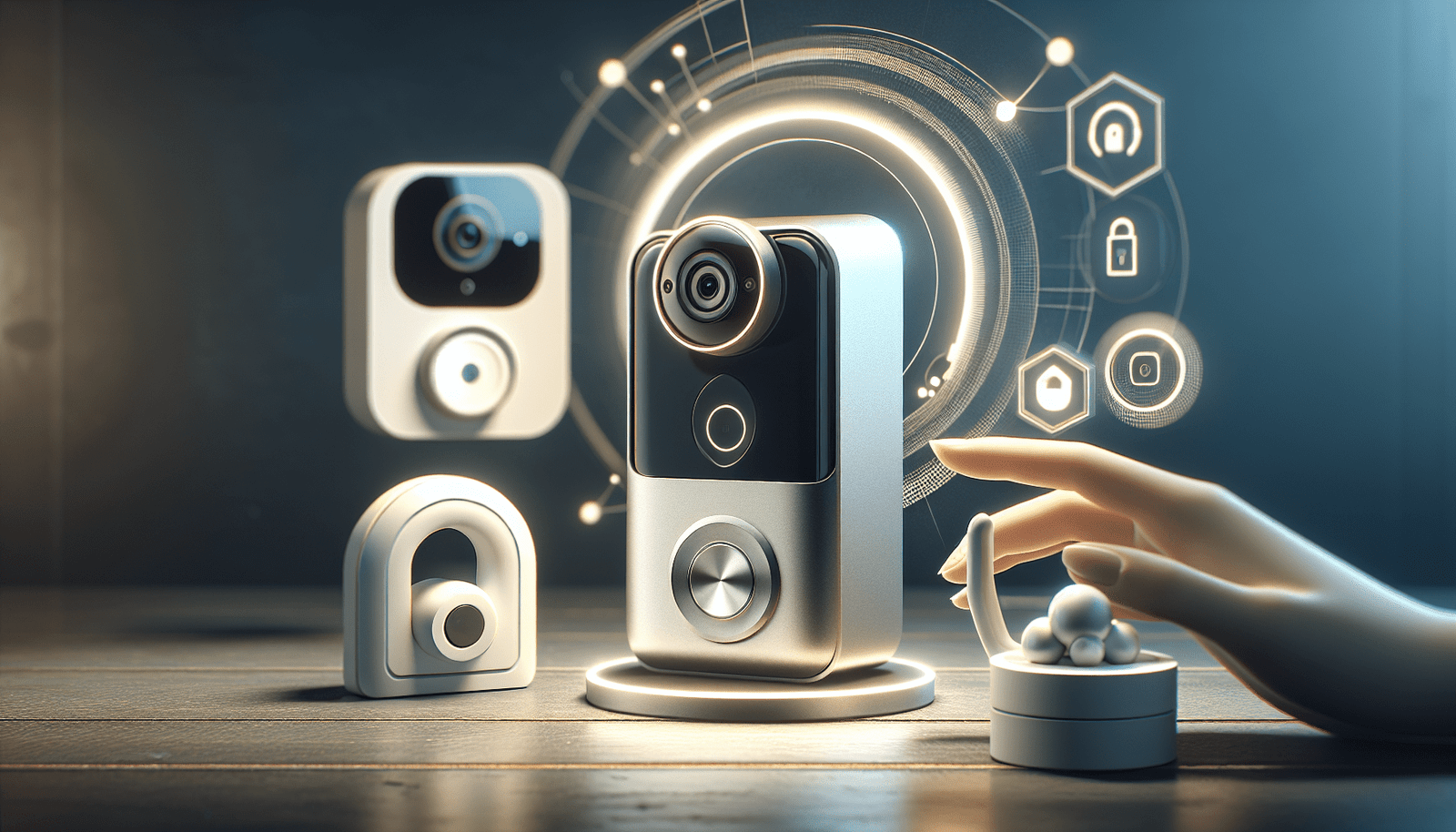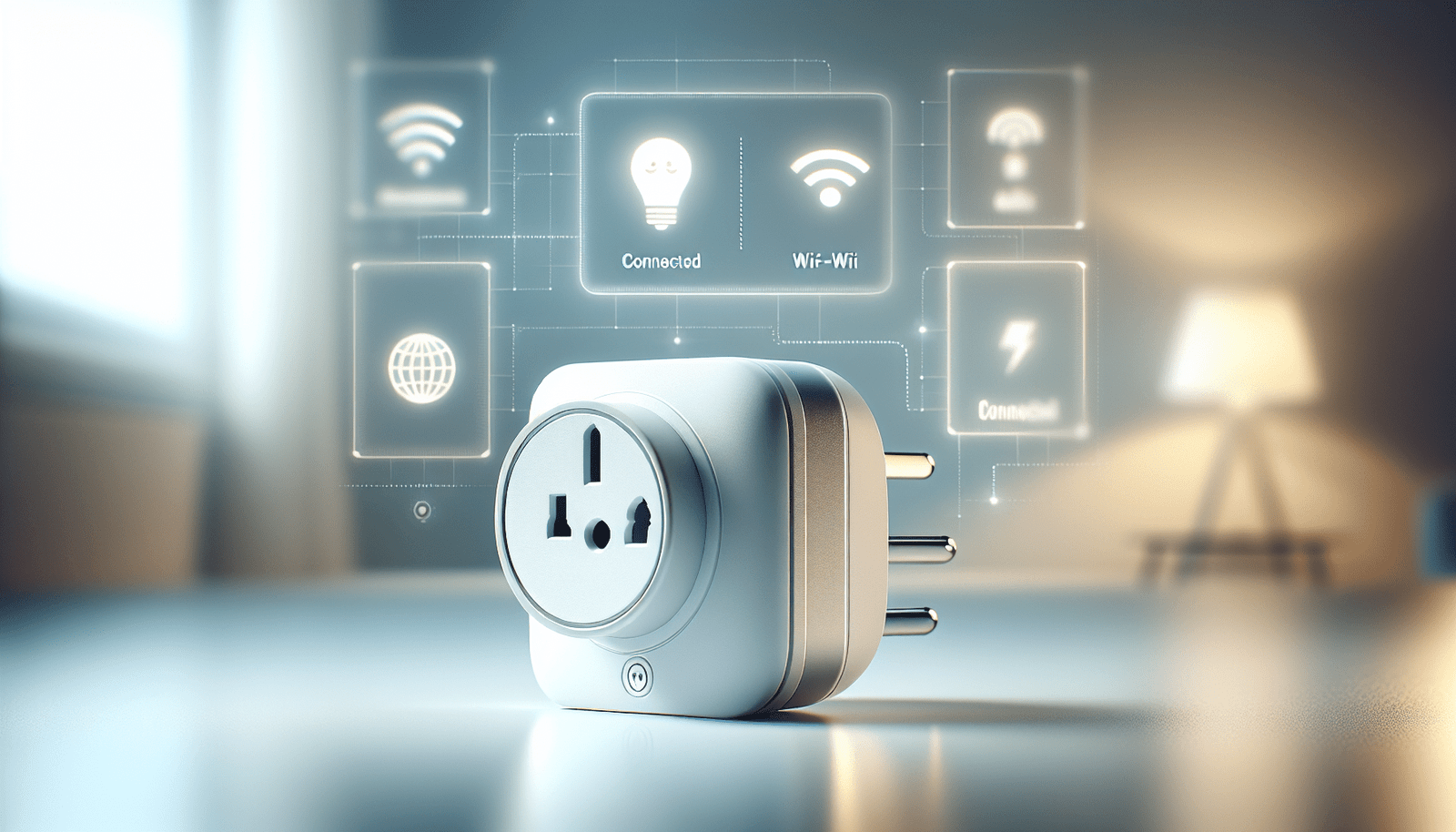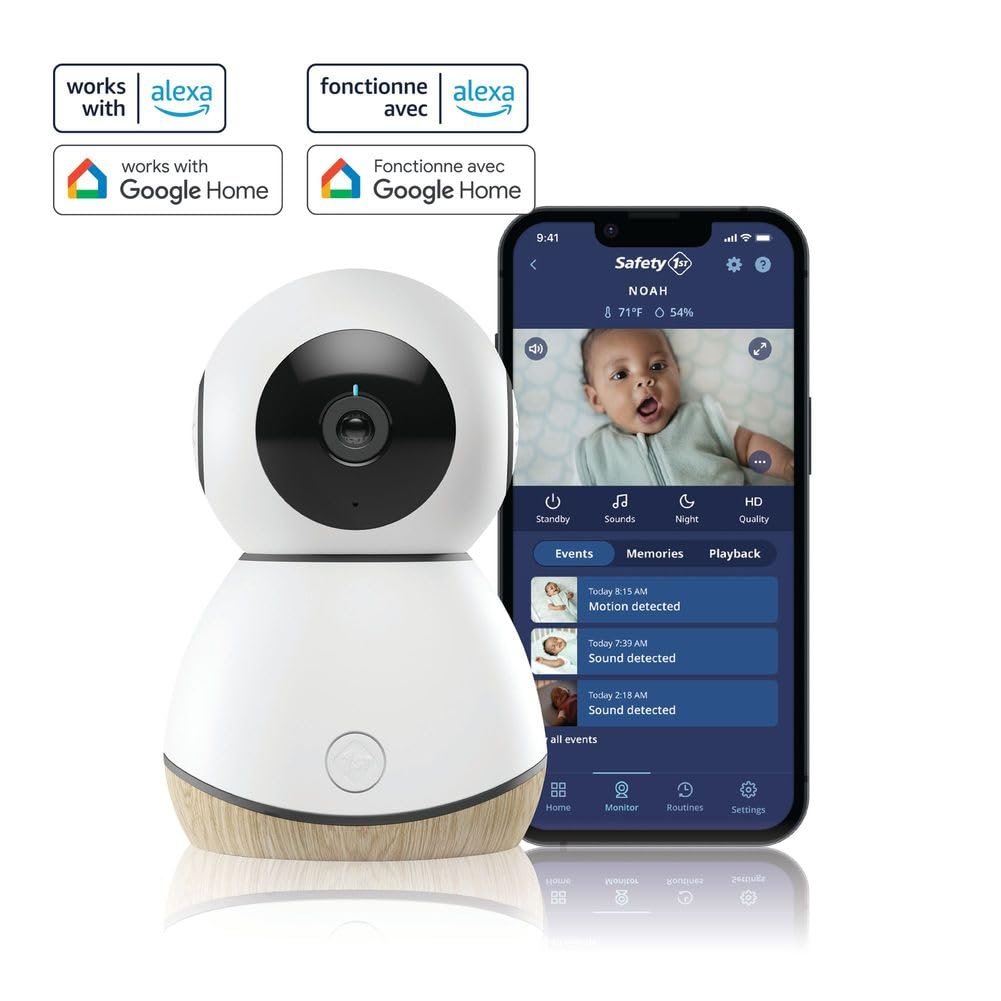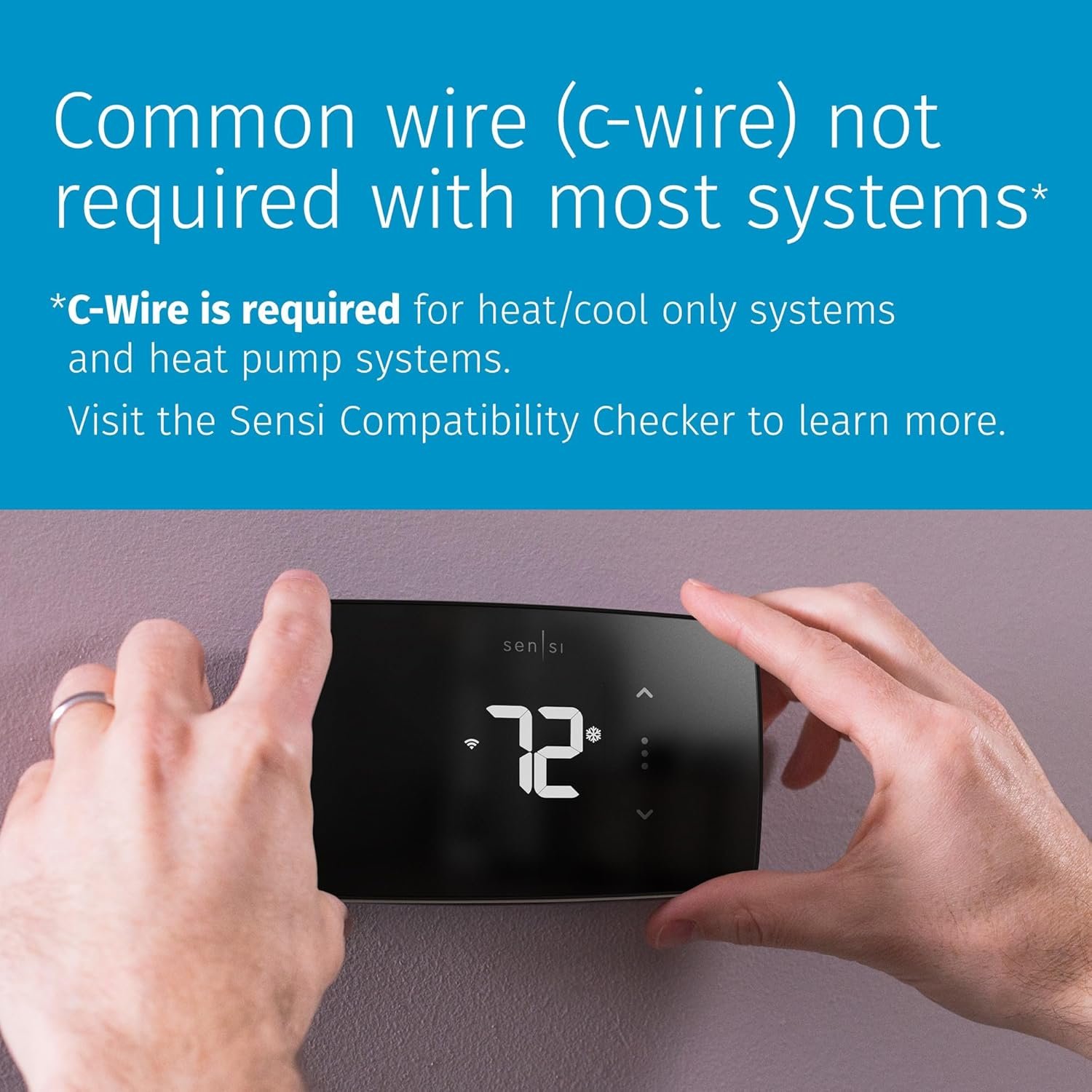Have you ever thought about transforming your home into a smart fortress? In today’s rapidly advancing technological landscape, ensuring your home is secure involves more than just installing a traditional alarm system. smart home devices have revolutionized the way we think about home security, offering convenience, integration, and efficiency like never before. Whether you’re a homeowner pondering an upgrade, a renter in search of non-permanent solutions, or a tech enthusiast eager to incorporate smart technology into your daily life, there’s a wealth of options available to suit every need and budget.
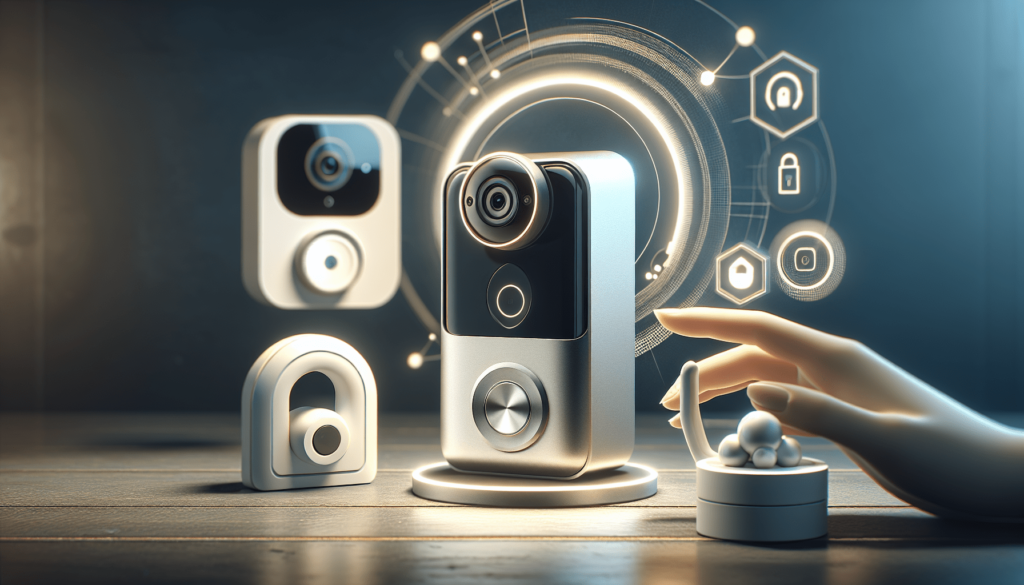
Understanding Smart Home Technology and Devices
At its core, smart home technology refers to devices and systems that automate and enhance the functionality of your living space through connectivity and intelligent features. These devices can include everything from smart locks, cameras, and alarm systems, to light bulbs, thermostats, and even kitchen appliances. The idea is to create a seamless, interconnected environment where devices communicate with each other and can be controlled remotely via your smartphone or through voice commands.
Basics of Home Automation
Home automation allows you to control various aspects of your home environment with ease. By integrating smart devices, you can manage your security, lighting, climate, and entertainment systems all in one place. This connectivity enables greater control over your home, even when you’re not there, offering both convenience and an added layer of security.
Smart Devices and Their Functions
The world of smart home devices is vast, with each gadget designed to perform specific tasks. For home security, some common devices include smart locks, video doorbells, security cameras, and motion sensors. Each device can work independently or be integrated into a centralized system that offers comprehensive security management.
Costs and Value Considerations
One of the most pressing questions when considering smart home devices is: How much will this cost, and is it worth the investment? The financial aspect can be divided into two parts: initial installation costs and long-term savings.
Initial Investment
The initial cost of smart home technology can vary widely depending on the devices you choose and the complexity of your system. For instance, a basic setup with a smart lock and video doorbell may cost a few hundred dollars, while an advanced security system with multiple cameras and sensors might require a more substantial investment.
Long-Term Savings and ROI
While the upfront costs might seem steep, smart home devices can offer significant long-term savings. Energy-efficient features, such as smart thermostats and lighting, can reduce your utility bills. Moreover, enhancing your home’s security with smart technology can potentially lower your insurance premiums, thus providing further financial benefits.
Comparing Smart Home Security Solutions
With numerous smart home devices available, it’s essential to compare features, benefits, and potential drawbacks to determine which solutions are most suitable for your needs.
Smart Locks
Smart locks provide advanced access control options that go beyond traditional keys. With features like remote locking and unlocking, temporary access codes, and auto-locking settings, smart locks offer convenience and enhanced security.
Video Doorbells
Video doorbells combine a traditional doorbell with a security camera, allowing you to see and communicate with visitors even when you’re not home. This device not only helps deter potential intruders but also provides peace of mind through its live video feeds and motion detection alerts.
Security Cameras
Security cameras are a staple of any robust home security system. Smart security cameras offer high-resolution video, night vision, and remote viewing capabilities, ensuring you can monitor your home from anywhere in the world.
Motion Sensors
Motion sensors detect movement within your home, triggering alerts or activating other smart devices like lights and cameras. They’re a powerful deterrent against unauthorized access and can provide an extra layer of security.
Practical Setup Guides
Integrating smart home devices into your home might seem daunting, but setting up these systems can be straightforward with the right guidance. Here are some best practices for installing and integrating these devices seamlessly.
Choosing the Right Smart Hub
A smart hub serves as the command center for your smart devices, allowing different gadgets to communicate with each other. When selecting a smart hub, consider compatibility with your existing devices and your home’s connectivity infrastructure.
Step-by-Step Installation
- Plan Your Setup: Determine which devices you need and where they should be placed for optimal effectiveness.
- Install and Connect Devices: Follow manufacturer instructions for each device, ensuring they’re properly connected to your home network.
- Integrate with Smart Hub: Sync your devices with the smart hub for centralized control and automation capabilities.
- Configure Automation and Alerts: Set up automation rules, such as locking doors at a specific time, and customize alerts for specific events.
Testing and Maintenance
Regularly test your system to ensure all devices are functioning correctly. Keep your software up-to-date to benefit from the latest security patches and feature enhancements.
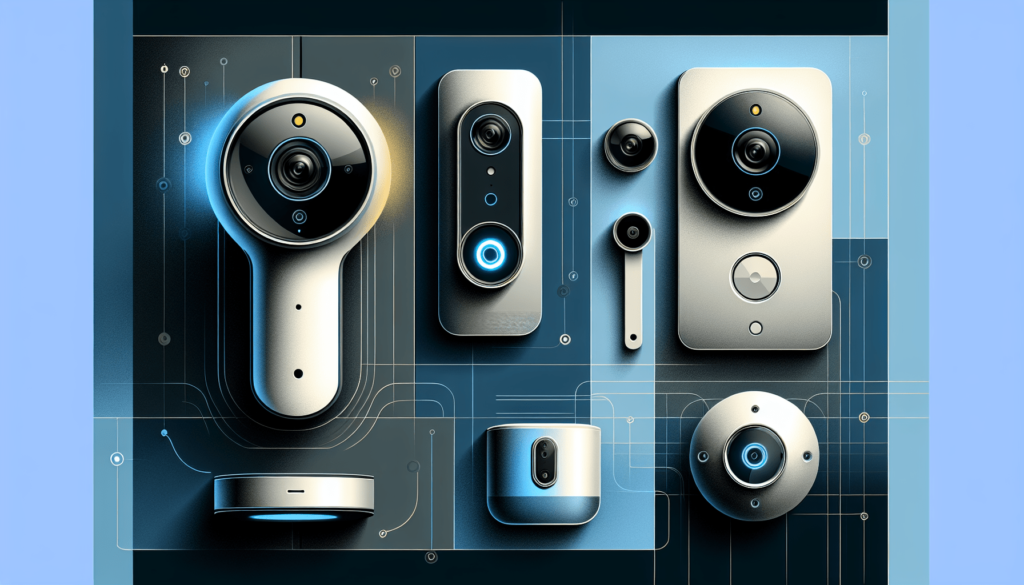
Security and Privacy Considerations
While smart devices offer enhanced security, they also introduce potential security and privacy risks that you should be aware of.
Potential Risks
Smart devices rely on internet connectivity, which makes them susceptible to hacking if not properly secured. Unauthorized access to your devices can compromise your home’s security and your personal data.
Safety Features and Best Practices
Implementing best practices can mitigate risks and help secure your smart home system:
- Use Strong Passwords: Create unique, complex passwords for each device and change them regularly.
- Enable Two-Factor Authentication: This adds an extra layer of security to your accounts.
- Regular Firmware Updates: Keep your devices’ firmware up-to-date to address any security vulnerabilities.
- Secure Your Network: Use a strong Wi-Fi password and consider setting up a separate network for smart devices.
Energy Efficiency and Sustainability
One of the unsung advantages of integrating smart home technology is the potential for enhanced energy efficiency. Smart devices can help reduce energy consumption, leading to lower utility bills and a smaller carbon footprint.
Smart Thermostats
Smart thermostats learn your schedule and preferences, adjusting the temperature accordingly to save energy while maintaining comfort. By optimizing your home’s climate control, you can significantly reduce your energy usage.
Smart Lighting
Smart light bulbs offer features like dimming, scheduling, and remote control, which can help decrease energy consumption. Automating your lighting system ensures that lights are only on when needed, further enhancing efficiency.
Compatibility and Connectivity
Creating a cohesive smart home ecosystem requires careful consideration of compatibility and connectivity among devices.
Platform and Device Interaction
Smart devices often operate within specific ecosystems, with their own platforms and protocols. Popular platforms include Google Assistant, Amazon Alexa, and Apple’s HomeKit. When selecting devices, ensure they are compatible with your chosen platform to enable seamless integration and control.
Voice Assistants and Control
voice assistants like Alexa and Google Assistant have made controlling smart home devices even more convenient. They allow you to manage your system through simple voice commands, enhancing the user experience and accessibility.
Future-Proofing and Innovation
As technology evolves, staying ahead of trends can help you future-proof your smart home system and maximize the value of your investment.
Emerging Trends
The smart home industry is continually innovating, with new devices and features regularly entering the market. Keeping an eye on emerging trends, such as advancements in artificial intelligence and machine learning, can provide insights into how your smart home can evolve.
Planning for Scalability
When designing your smart home system, consider scalability to accommodate future upgrades and new devices. A modular, flexible setup will enable you to expand your smart home ecosystem with ease as new technologies emerge.
Conclusion
As we’ve explored throughout this article, smart home devices for security offer a blend of innovation, convenience, and peace of mind. From smart locks and video doorbells to comprehensive security systems, these devices can transform your home into a secure, connected haven. By understanding the fundamentals, weighing costs, and considering compatibility, you can make informed decisions that align with your needs and budget. After all, creating a smart home isn’t just about technology—it’s about enhancing your lifestyle in ways that are secure, efficient, and future-ready. So why not take the next step in embracing smart technology and give your home the security upgrade it deserves?
